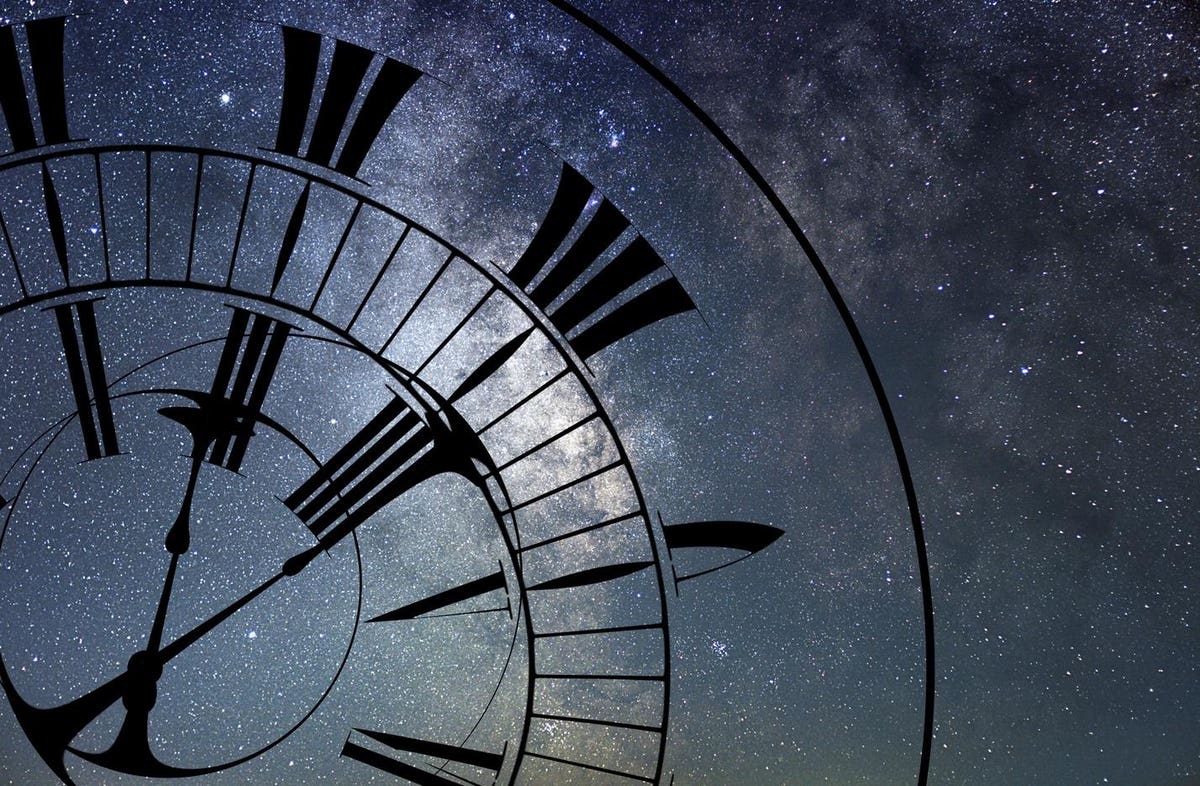In the first billion years of our universe’s existence, time passed five times slower than it does today, according to new research published today in Nature Astronomy.
In a finding that proves right a key prediction of Einstein’s general theory of relativity, in indicates that when astronomers observe the distant universe they are not just looking back in time to when it was younger. They’re also looking at it move in slow motion.
Thought to be be created by the big bang 13.8 billion years ago, the universe has been expanding ever since. However, the rate at which it’s expanding hasn’t been constant—as it ages, time is speeding up, argues the study.
Cosmic Time Dilation
The time dilation of the cosmos was gleaned from studies of 190 quasars, very bright supermassive black holes seen at the center of galaxies in the distant—and, therefore, ancient—universe.
Quasars were used as clocks to measure the passage of time right back to when the universe was a tenth of its current age. The breakthrough was the study of quasars in different wavelengths of light, which made it possible to standardize their ‘ticking.’
“If you were there, in this infant universe, one second would seem like one second—but from our position, more than 12 billion years into the future, that early time appears to drag,” said lead author Professor Geraint Lewis from the School of Physics and Sydney Institute for Astronomy at the University of Sydney.
Expanding Universe
“Thanks to Einstein, we know that time and space are intertwined and, since the dawn of time in the singularity of the Big Bang, the universe has been expanding,” he added. “This expansion of space means that our observations of the early universe should appear to be much slower than time flows today.”
Astronomers have previously used supernovae as clocks to measure time dilation, but doing so has only provided evidence for a slowing of time back to half the age of the universe. That’s because it’s hard to see supernova all the way back to the early years of the universe.
“Where supernovae act like a single flash of light, making them easier to study, quasars are more complex, like an ongoing firework display,” said Lewis. “What we have done is unravel this firework display, showing that quasars, too, can be used as standard markers of time for the early universe.”
Wishing you clear skies and wide eyes.
Read the full article here





